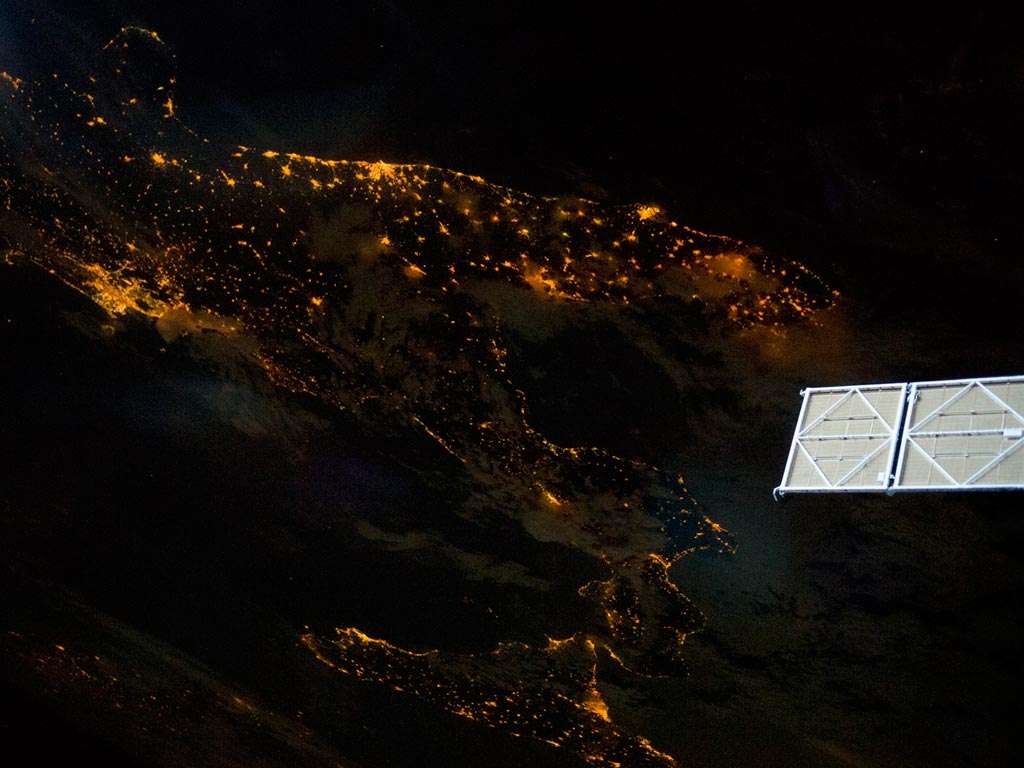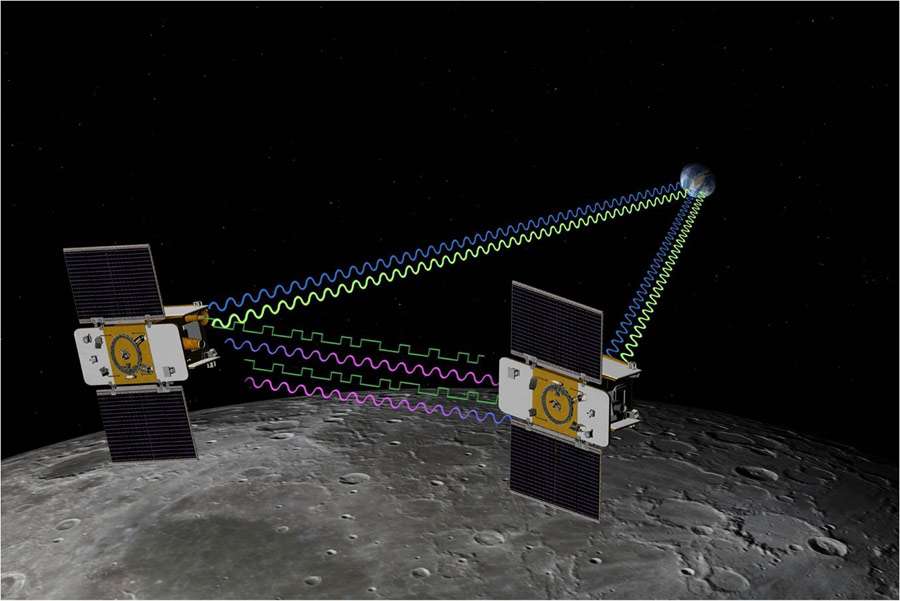Soldato
- Joined
- 7 Jul 2009
- Posts
- 16,234
- Location
- Newcastle/Aberdeen
A couple more i spotted earlier:


http://www.space.com/12614-nasa-2-space-shuttles-nose-photo-retirement.html
Kind of regretting referring to the Shuttles as 'her' and 'she' now
EDIT: This could also be worth a watch:
http://www.nasa.gov/home/hqnews/2011/aug/HQ_11-267_TEDx_NASA.html
Can't be bothered to work out PDT to BST at the minute but you know
http://www.space.com/12614-nasa-2-space-shuttles-nose-photo-retirement.html
Kind of regretting referring to the Shuttles as 'her' and 'she' now

EDIT: This could also be worth a watch:
http://www.nasa.gov/home/hqnews/2011/aug/HQ_11-267_TEDx_NASA.html
Can't be bothered to work out PDT to BST at the minute but you know

Last edited:










